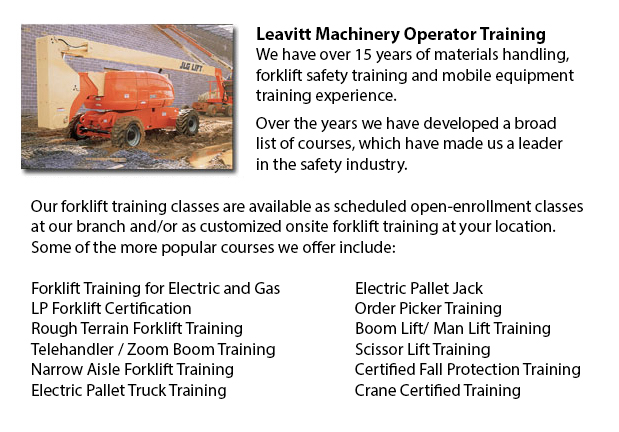
Aerial Lift Certification Vancouver - Aerial Lift Certification is for people who requires an in-depth understanding of aerial lift safety. Inspectors and operators, supervisors, maintenance workers and construction craftsmen need to perform a training and certificate program. Provincial, state and federal rules need businesses to be certified in order to do in-house aerial lift checks.
Regardless of differences in the type of work being performed, all workers who work at elevated levels usually utilize the same means to access the required height. Scissor lifts and aerial lifts are the mechanized devices utilized to be able to lift employees and equipment to elevated worksites.
Cherry pickers or bucket trucks are boom-supported aerial platforms. The primary dangers related to boom-operated platforms are tip-overs, falls and electrocutions. Certification ensures that workers who utilize aerial lifts are trained properly to be able to work the machine safely. Training likewise makes sure that workers know how to maintain aerial work platforms in accordance with the manufacturer's directions.
Aerial lift training certification programs would include the following: Aerial lifts that are mounted to vehicles, Boom-supported scissor lifts and aerial lifts. Trainees will know about safe operating procedures and will gain knowledge about the dangers that normally cause aerial lift incidents. They will become technically competent in the different types of aerial lifts, in addition to parts and terminology. From interpreting rated capacity charts to choosing the best aerial lift for the job, the certification program will provide workers with everything they should know in order to safely carry out their work.
Inspectors and supervisors who have the task to check aerial lift machines should know how to check gears, booms, operating mechanisms, structural parts, functions and control systems, braking systems, power plants, pins and shafts, attachments, electric and pneumatic parts, hydraulic, emergency safety devices and operator aids, et cetera. Training would consist of the following: the inspector's role in lessening liability exposure and accidents; annual and monthly inspection; how to perform a pre-use; how to write inspection reports; how to apply and interpret rules about aerial lift safety standards; checklists and techniques; inspection procedures; complying with record keeping requirements; applying and understanding the three levels of aerial lift inspection; and when to remove aerial lifts from service if they are defective.
-
Telehandler Ticket Vancouver
Telehandler Ticket Vancouver - The telescopic handler or telehandler is a frequently used equipment in agricultural and industrial applications. This equipment is similar in appearance to a forklift and also functions in a similar way, even if teleha... More -
Forklift Operator Certification Vancouver
Forklift Operator Certification Vancouver - Forklift operator certification is usually needed for employees working within industrial, warehouse or construction environments to guarantee the safe operation of forklifts. Workplace training need to fol... More -
Certified Fall Protection Training in Vancouver
There are high numbers of injuries at work linked to falling and a lot of fall-related deaths reported each and every year. The majority of these instances might have been avoided with better training, better measures in place, and by correctly equip... More -
Forklift Training Course Vancouver
Forklift Training Course Vancouver - CSA and OSHA establish criteria for forklift safety training which meets existing standards and regulations. Anyone planning to utilize a forklift is needed to successfully complete safety training prior to using... More -
Overhead Crane Certification Vancouver
Overhead Crane Certification Vancouver - The overhead crane certification course is a program that is designed to assist trainees, even if they have literacy or language restrictions. The course comprises a practical hands-on training session and a c... More -
Forklift Instructor Training Vancouver
Forklift Instructor Training Vancouver - Forklift Instructor training certification is recommended for forklift operators who would like to become instructors. To qualify for forklift instructor training, operators must be able to prove they possess... More -
Crane / Overhead Crane / Truck Mounted Crane / Hydraulic Cranes Training in Vancouver
Overhead cranes are likewise referred to as bridge cranes. They are actually a type of crane which comprises a hook and line apparatus which runs along a horizontal beam which runs along two widely separated rails. Lots of overhead cranes can be foun... More -
Scissor Lift Safety Training Vancouver
Scissor Lift Safety Training Vancouver - A scissor lift is a kind of platform lift that moves vertically. The lift table is moved in a vertical motion because of criss-cross folding supports which are linked in what is referred to as a pantograph. Th... More

Forklift Training Vancouver
TOLL FREE: 1-888-254-6157
24389 Fraser Highway
Langley, British Columbia
forklifttrainingvancouver.com
Email Us
About Us


